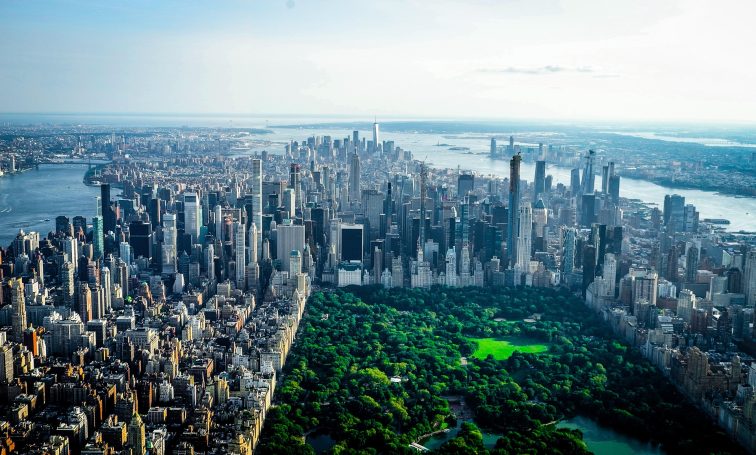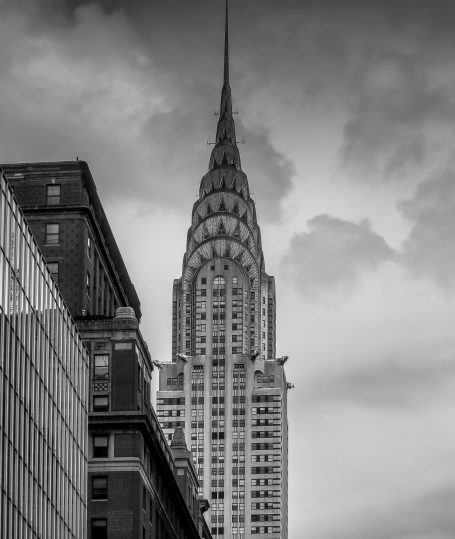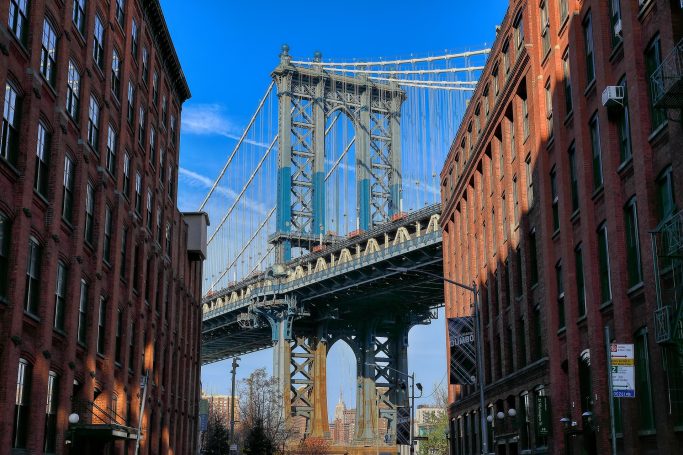Welcome to New York
Hotels that Understand the City: New York
New York is not a city designed for stillness. It operates through motion, structured, deliberate, and uninterrupted. The layout, the infrastructure, and the systems that support daily activity are all created to maintain access, absorb scale, and deliver outcomes without requiring adjustment. For the visitor, this results in an experience that is not only navigable but also efficient, with each element from hotel to restaurant, from meeting to walk, functioning within a larger grid of order.
Across its boroughs, New York maintains a logic that is both vertical and immediate. The city is dense by design but accessible by intent. Transportation, accommodation, and communication are integrated in a way that few other destinations can replicate. Travelers do not need to adapt to the city; the city is already structured to accommodate them. Whether visiting for forty-eight hours or two weeks, New York allows individuals to remain in motion without losing control of their plans.
The range of hotels supports this flexibility. From long-established icons to newer, precision-built properties, accommodations are generally optimized for access, location, and service. Many are positioned within walking distance of cultural institutions, retail districts, or business centers. Others offer height, quiet interiors, and service protocols that minimize unnecessary interaction. Most operate with round-the-clock availability, a reflection of the city itself where activity is continuous but not chaotic.
Public space in New York follows the same principle. The grid system offers clear navigation. Parks are integrated into the flow of the city, not separated from it. Sidewalks support movement at pace, and entrances to stores, buildings, and museums are rarely unclear. From a design perspective, the city prioritizes entry and exit over ornament, rhythm over spectacle. In practice, guests are rarely left uncertain. Where to go, how to get there, and what to expect are questions with consistent answers.
Dining, retail, and cultural access are equally structured. Reservations are routine, delivery is seamless, and venues are marked more by functionality than performance. Whether seated for a business lunch or an evening tasting menu, the timeline remains respected. Meals begin on time, transitions are smooth, and environments are calibrated for purpose. New York’s reputation for speed is often misunderstood. It is not about urgency but coordination.
In terms of personal movement, the city supports autonomy. Whether by foot, car, or subway, transportation is rarely uncertain. Ride services are available within minutes. Subway stations are marked and regular. Walking between districts is possible and often preferred. This directness is one of the city’s most defining characteristics. It does not require interpretation, only navigation.
For the traveler, this means time is preserved. Days can be planned tightly, with little risk of disruption. Schedules can be adjusted without the need for explanation. A morning meeting in Midtown can be followed by lunch in SoHo, a walk through Central Park, and a return to a hotel suite for a late-afternoon video call, all within the same framework of function.
Where other cities may invite pause, New York invites continuation. Its strength lies in scale and in service, the ability to support millions of people moving independently without loss of individual clarity. The hospitality sector mirrors that purpose, with a focus on delivery, response, and efficiency.
New York does not require interpretation. It does not compete for attention. It continues by pattern, by structure, and by design. For those who seek access over seclusion and motion over pause, it remains one of the most functional and complete destinations in the world.
Please note that this page may include affiliate links. If you choose to make a reservation through one of these links, we may receive a small commission from the booking platform. This comes at no additional cost to you and does not affect the price you pay. All recommendations are selected based on consistency, quality, and relevance to the destination.
Hotels to Consider in New York
The Mark Hotel
Located on Manhattan’s Upper East Side, The Mark blends contemporary design with classic surroundings. Its in-house dining, curated interiors, and discreet service make it a consistent choice for returning guests.
View The Mark on Booking.com
Aman New York
Set in the iconic Crown Building, Aman New York offers calm interiors, large suites, and wellness facilities in the center of Midtown. Known for its privacy and scale, it’s one of the city’s most exclusive options.
Explore Aman New York on Booking.com
The Greenwich Hotel
Located in Tribeca, this property offers a residential feel, with Japanese-style baths, quiet interiors, and custom-designed rooms. The hotel is privately owned and operated with a clear design identity.
Book The Greenwich Hotel on Booking.com
The Peninsula New York
Just steps from Fifth Avenue, The Peninsula combines tradition with high-functioning modern service. Rooms are well-outfitted, and amenities—from spa to rooftop—operate at a consistently high level.
Check availability at The Peninsula New York on Booking.com


